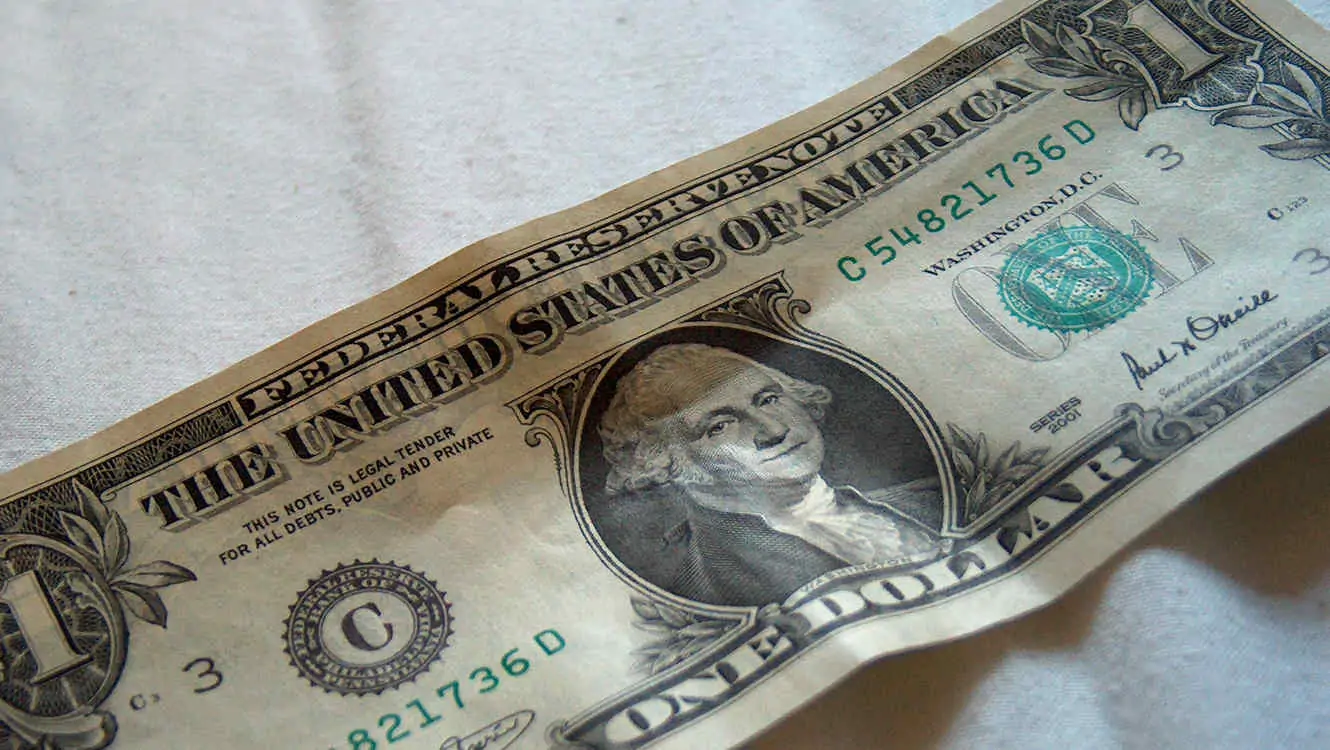Tether Limited has released a new report on USDT physical reserves, revealing that less than $7.000 billion in cash guarantees the issuance of the stablecoin on the market.
Transparency in the issuance and reservations of tether (USDT) is a topic that is causing concern in the crypto community and sparking the curiosity of regulators worldwide. To date, several financial regulators have spoken out in relation to the stablecoins, especially on USDT, pointing to its massive growth and capitalization as a matter of concern that warrants early attention.
Tether (USDT) is the most popular and traded stablecoin in the crypto industry, and also one of the cryptocurrencies, The reason is that Tether Limited, the company responsible for issuing the USDT stablecoin, has been fairly silent on the details of the physical reserves backing the issuance and circulation of its stablecoin. In fact, since the launch of USDT on the markets in 2014, Tether Limited has only published two transparency reports on the physical reserves of this currency. It is worth remembering that transparency reports began to be published this year, after the New York Attorney General's Office accused Tether Limited of submitting inflated reports and frequently demanded real information. second report USDT transparency report was published on July 30.
In this second report, Tether Limited shows that the total USDT issuance of $62.770 billion at the time of reporting is being backed by approximately 10% cash; worth approximately $6.282 billion.
It may interest you: US Treasury investigates Tether cash reserves
Tether (USDT) reserves details
The transparency report, prepared by the Moore Cayman company, indicates that 85% of the USDT issuance is backed by “cash and cash equivalents”, which includes fiat money, bank deposits and commercial paper. However, as mentioned, actual cash reserves are just a fraction of this percentage, worth less than $7.000 billion.
The commercial paper and certificates of deposit category accounts for 49% of total USDT issuance and 57,7% of the “cash and cash equivalents” category. On the other hand, Treasury bills, currently worth $15.279 billion, have increased by 26% since the first report published in March, when Tether Limited indicated that this category supported only 2,94% of its total USDT issuance.
Treasury bills are debt instruments with a maturity of one year or less.
Other categories that Tether Limited shows in its report are promissory notes, secured loans, corporate bonds and investments in precious metals and others. Tokens. In total, all of these categories are worth approximately $10.400 billion, representing 16,5% of the total stablecoin issuance as of July 30.
Tether is “fully” backed
According to Paolo Ardoino, the stablecoin Tether is fully backed by real stores of value, as shown in the report. This second transparency report from Tether Limited comes just days after the Treasury Department, through the Office of the Comptroller of the Currency (OCC), said it is investigating the company to find out the reality behind the huge circulation of USDT, according to sources cited by Bloomberg.
Regulators around the world are beginning to worry about the rapid growth of stablecoins, which already exceed a market capitalization of 115.000 million, with USDT, USDC and BUSD at the forefront.
It is important to note that since Tether Limited's first report, published in March, the issuance of tether in the market has increased by 48%, going from $42.350 billion on March 31 to $62.800 billion at the time of this edition.
Continue reading: China looks at Tether and announces “some measures” against stablecoin risks




